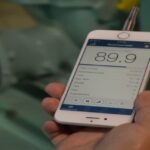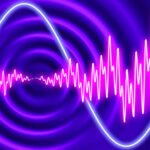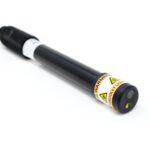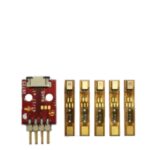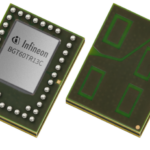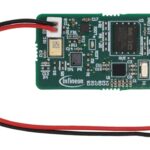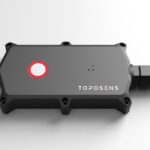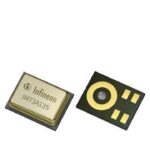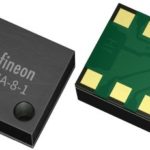According to the Centers for Disease Control (CDC) estimates, 22 million workers are exposed to potentially damaging noise at work each year. In addition to an industrial environment with heavy assembly/processing machinery or a construction site, the workplace can include a sports venue, a tarmac, or a wide-open space when the job includes machinery that […]
infineon technologies
How is sensing used in audio acquisition and broadcasting: Part 1
According to the proverb, “seeing is believing,” but hearing something before you can see it can be very important, too. The earliest humans heard and recognized the sounds of predators long before they could see them. If they could see them — it was probably too late to take evasive action. While sound has always […]
How can sensors protect vulnerable areas? Pt 2
Part 1 of this four-part blog addressed air quality monitoring in cities and populated areas. Less densely populated areas such as a rain forest may require different approaches. In addition, water quality monitoring in outdoor locations as well as clean drinking water from processing stations provide additional sensing opportunities. Part 2 will address these areas. […]
New ultra-low power digital microphone; half the consumption, identical performance
For the third consecutive year, Infineon Technologies AG has successfully defended its market-leading position as MEMS microphone supplier. Moreover, Infineon’s market share rose to a staggering 45 percent as bare die microphone manufacturer in 2021 [1], according to recent research published by technology expert Omdia. This positive development is due to Infineon’s long-term experience in MEMS […]
How can you easily evaluate a MEMS microphone ?
Microelectromechanical systems (MEMS) technology is used for many sensing applications including microphones. The MEMS microphone provides a design alternative to Electret Condenser Microphones (ECMs) for many consumer electronic and mobile products. With this goal in mind, Infineon Technologies silicon microphones have been designed to extend the benefits of lowest possible self-noise (high SNR) and lowest […]
Can 60 GHz radar sensing change healthcare monitoring?
According to a 2019 article in Nature,blood pressure (BP) abnormalities, such as hypotension and hypertension, are important risk factors for many short- and long-term critical illnesses, with a global disease impact on about 1.25 billion people [1]. In addition to the high number of people with blood pressure issues, sleep apnea is a rapidly increasing […]
What’s the difference between network security and physical security?
Network security involves software and computer-based hardware/firmware to provide access to the authorized and restrict access to the unauthorized. In contrast, physical or brick and mortar security starts with sensors and, if the security system is connected to the internet, it also requires the same network security measures. Protecting a residence, commercial building or an […]
How are ultrasonic MEMS sensors being used for 3D obstacle detection and collision avoidance?
In addition to radar, LiDAR and camera sensing used in 3D obstacle detection and collision avoidance in advanced driver assistance systems (ADAS) in vehicles, ultrasonic sensing has been used as well. Traditionally, the ultrasonic sensors used transducer-based technology to provide a microphone to transmit and receive the ultrasonic signal in passenger vehicle parking applications. Using Infineon’s […]
How can a MEMS microphone be used in harsh environments?
The answer depends on how harsh of an environment and how much protection is required. For a microelectromechanical systems (MEMS) microphone, one of the most-harsh environments is the human body, since sweat and dirt can cause failures in traditional MEMS microphone architectures. Regarding the protection, the International Electrochemical Commission’s (IEC’s) IEC 60529 rating system defines different […]
What are capacitive pressure sensors?
When automotive ignition and carburetor systems initially required inputs from the engine to control spark and fuel and lower vehicle emissions, a capacitive pressure sensor was designed to specifically measure manifold absolute pressure (MAP) and barometric absolute pressure (BAP). Called a silicon capacitive absolute pressure (SCAP) sensor, it consisted of a micromachined diaphragm etched into […]

